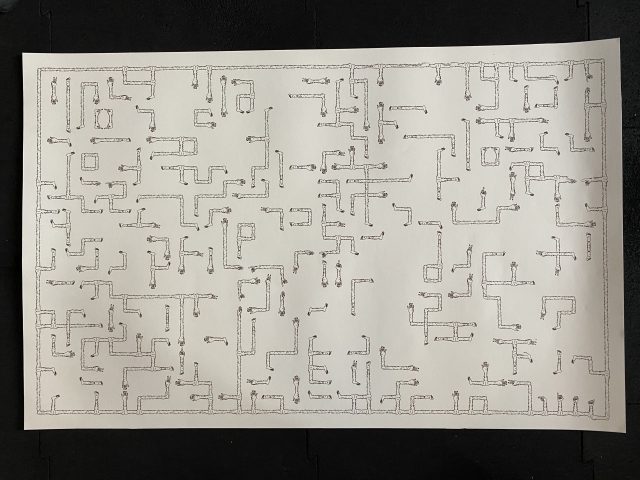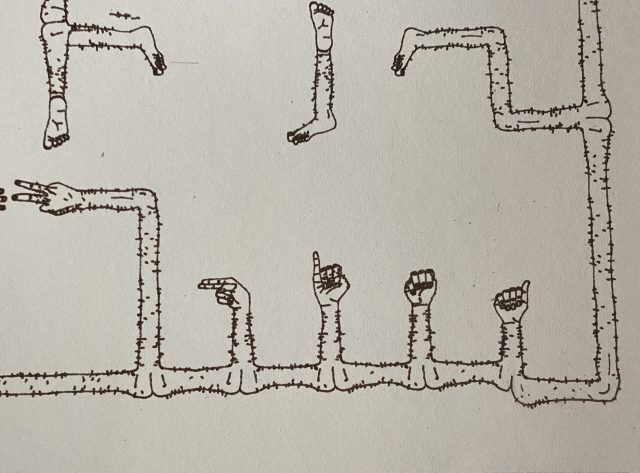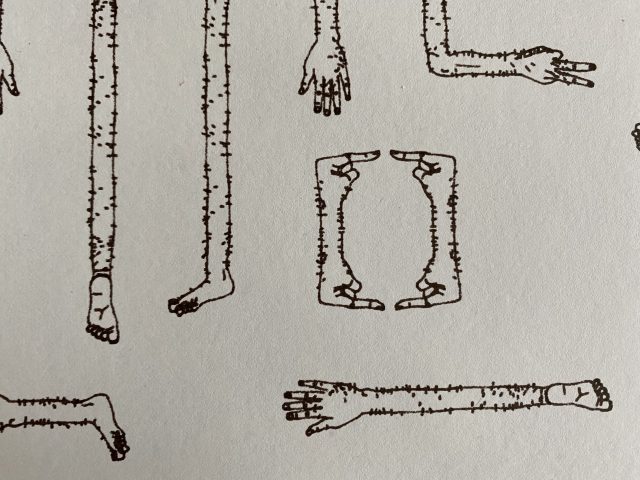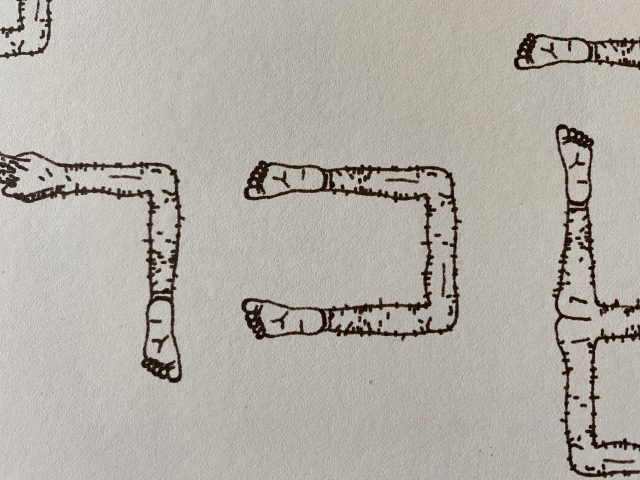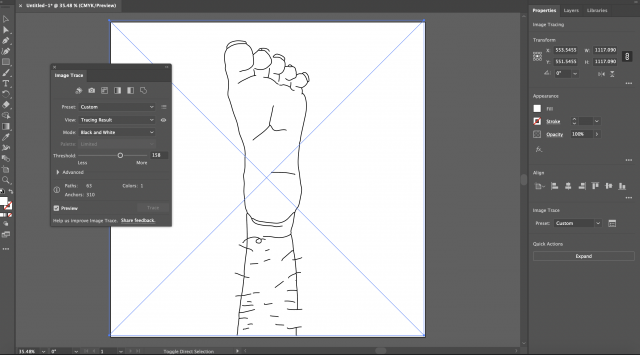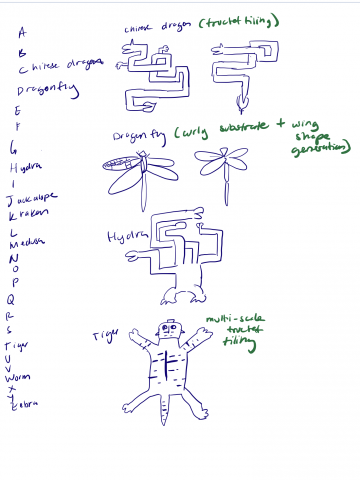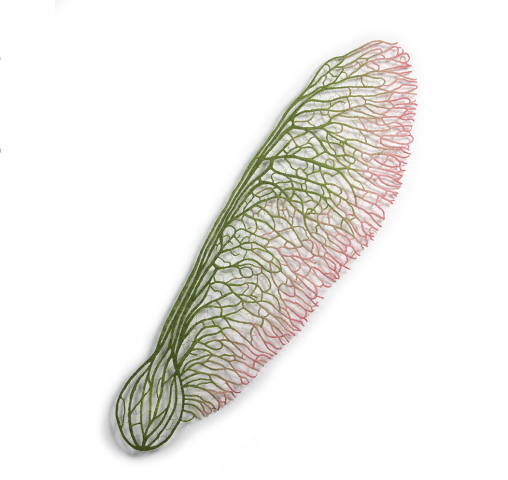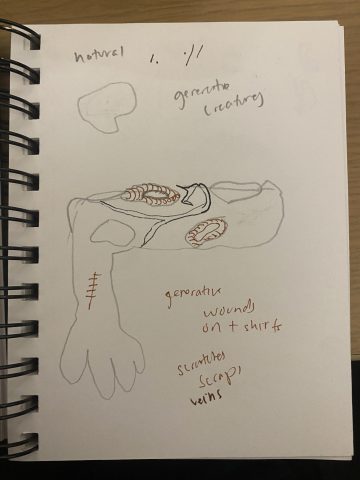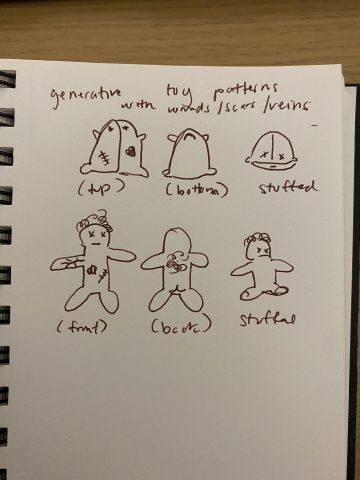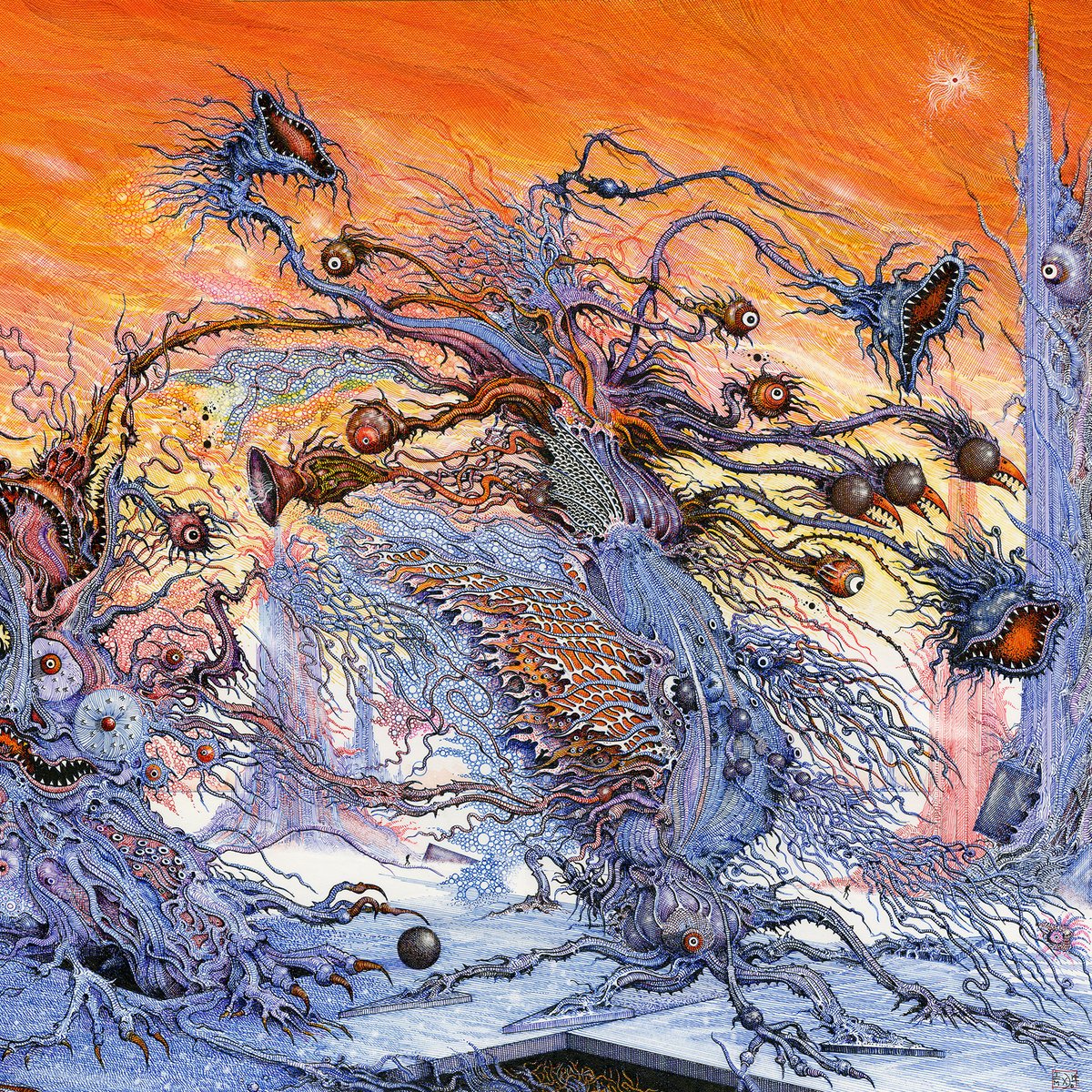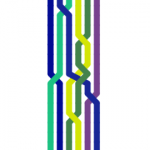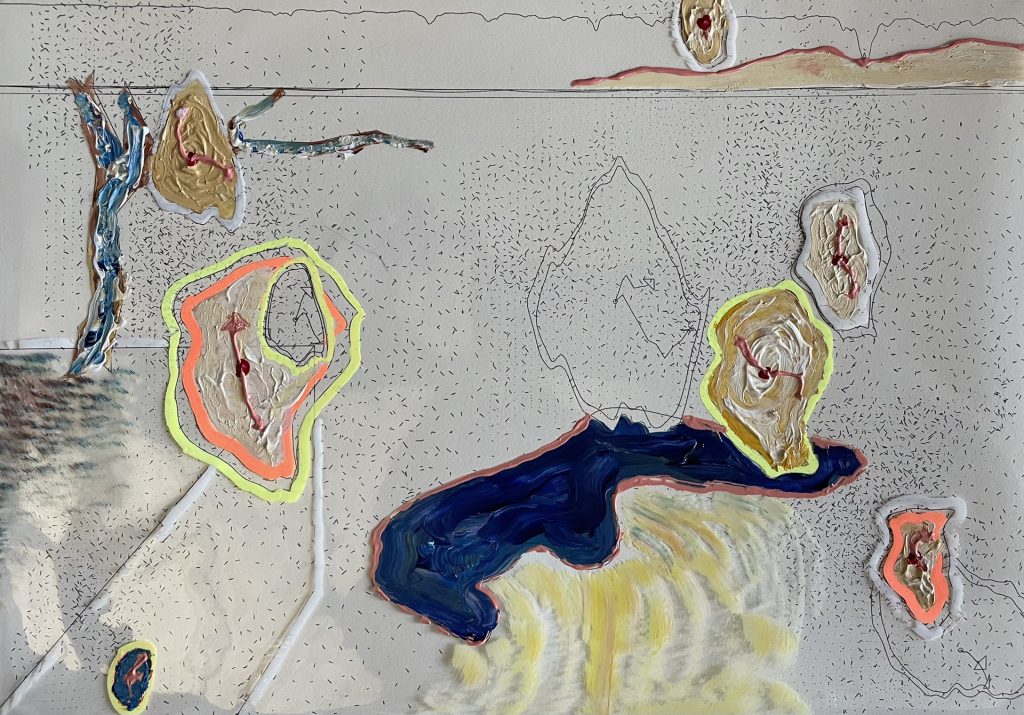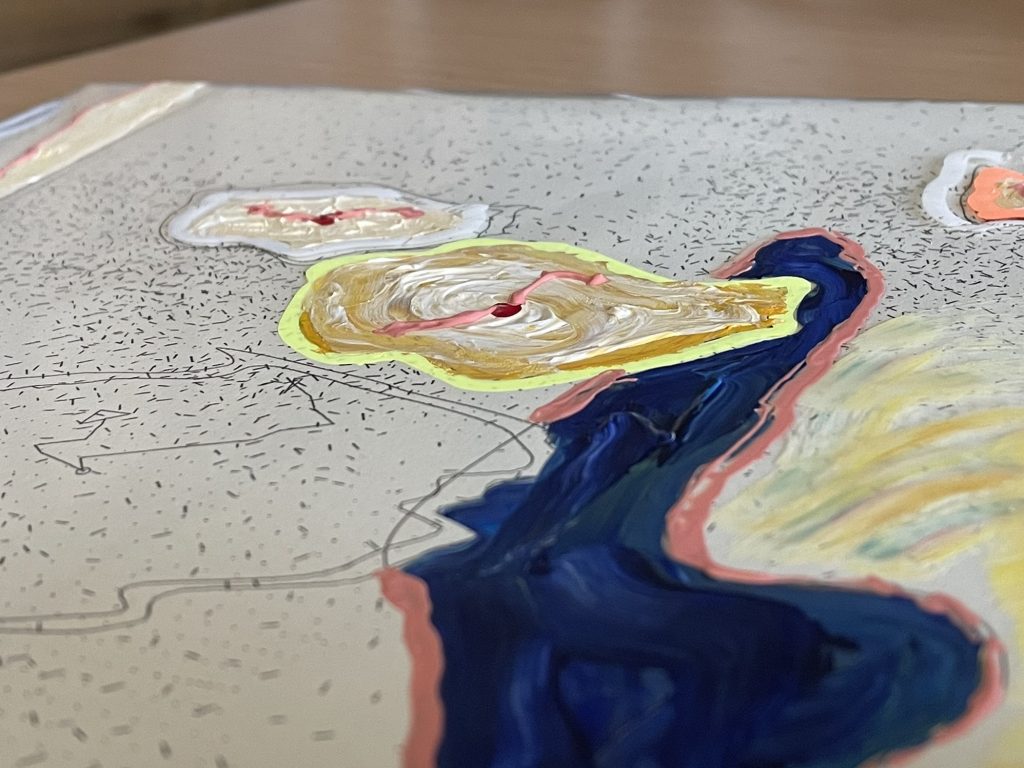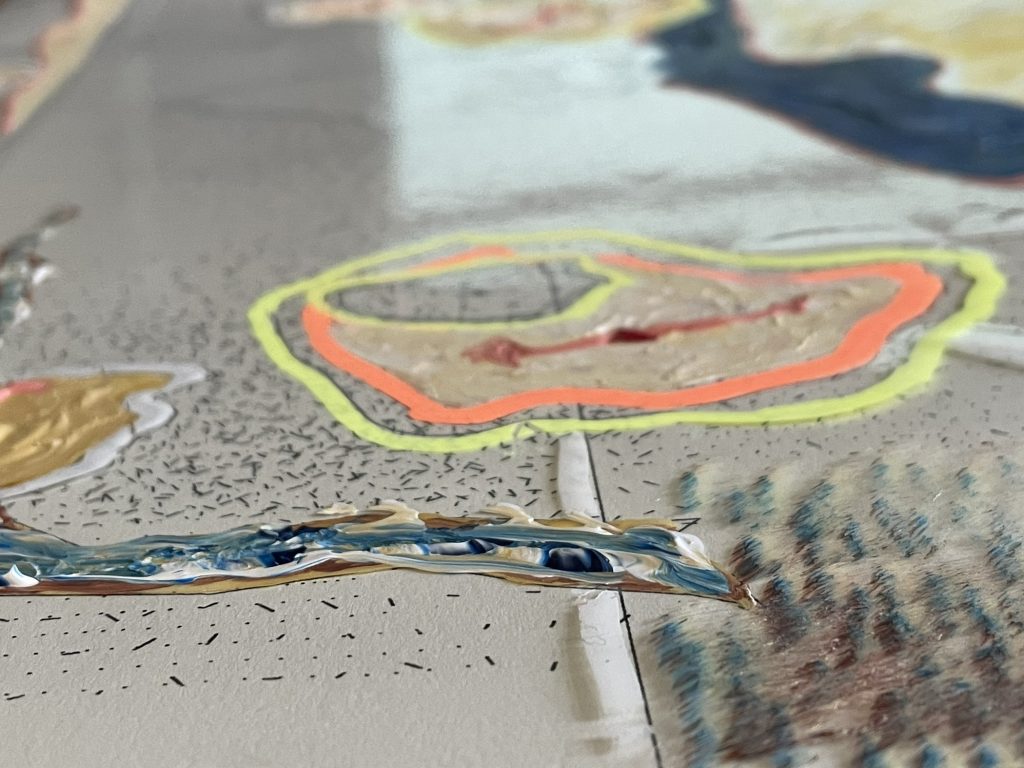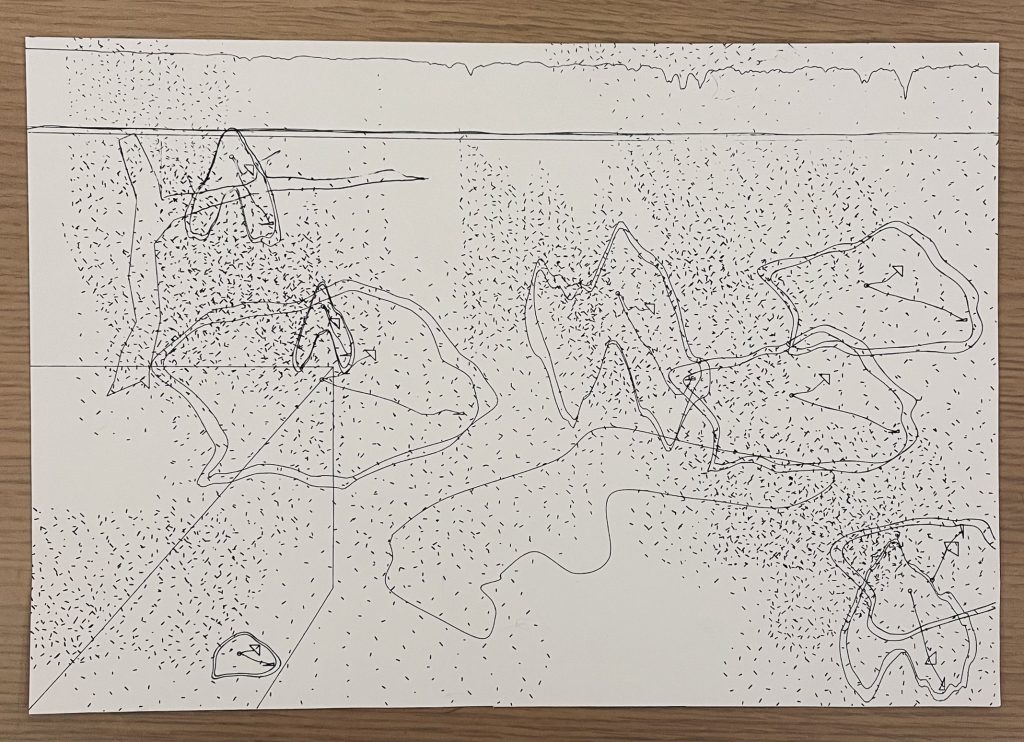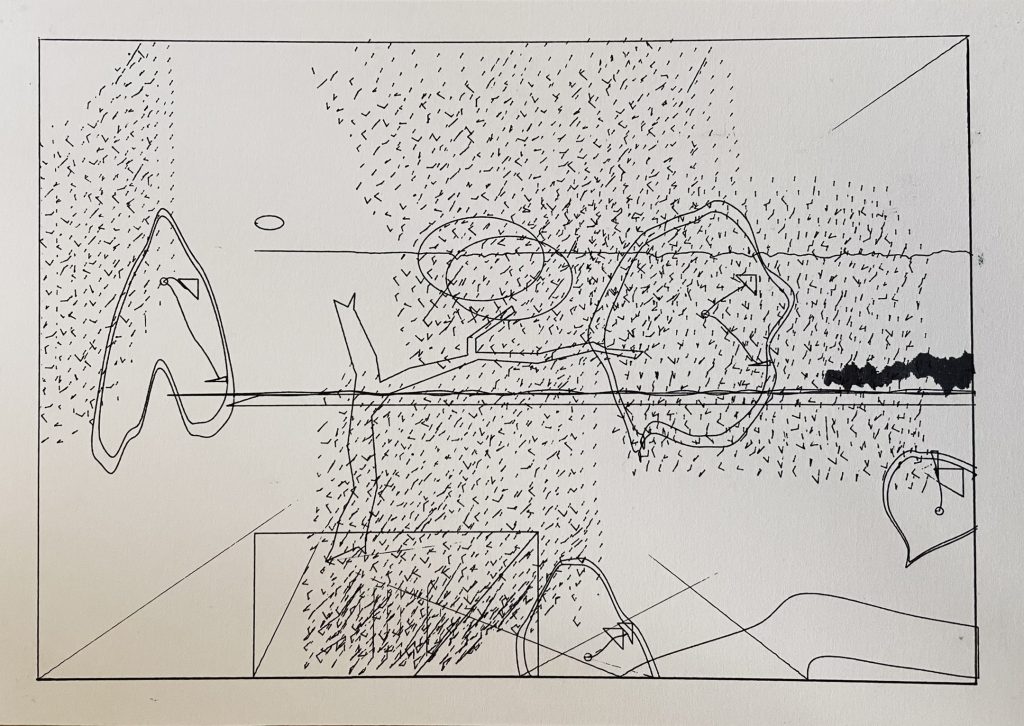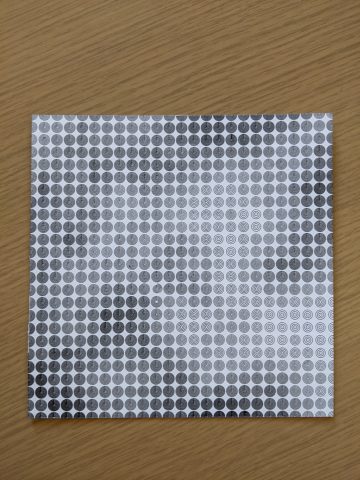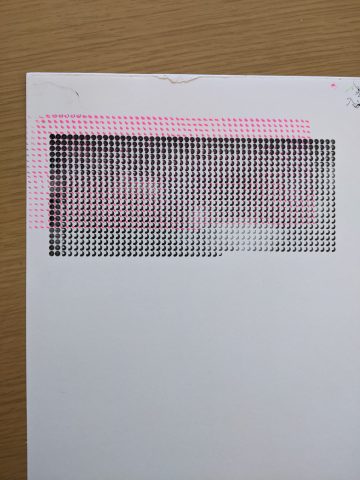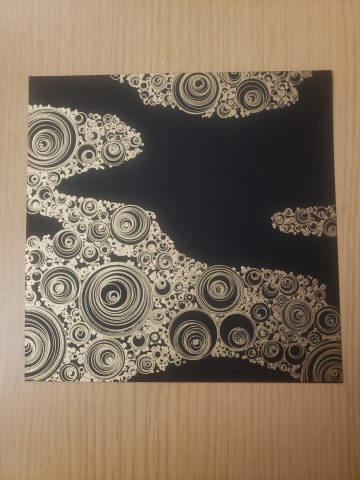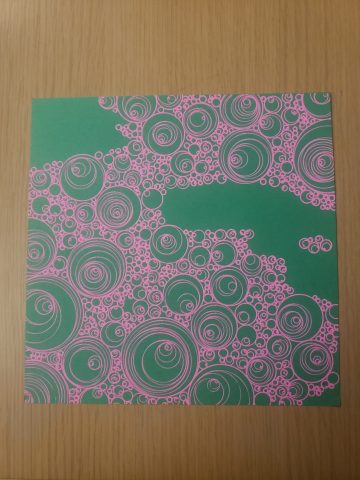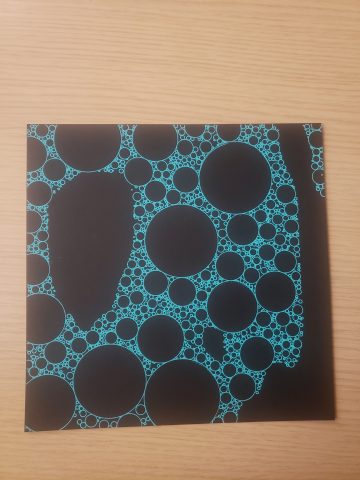Brief proposal:
For my final project, I want to explore generativity in prints and Latin American counterculture. In particular, I want to look at comics and editorial printmaking and illustration and I want to merge traditional drawing techniques (such as etching and screenprinting) with the computational and generative design that can be made with a plotter. I am especially interested in the interaction between the human and the machine and I want to narrow down my focus this semester to this.
Additionally, I am looking towards the option of scaling and reproducing my project to make small zines or editions of generative comics.
TLDR: I want to make generative comics that explore ideas of Latin American counterculture and heritage, but more importantly challenge mediums and explore plotting, etching, and other forms of printmaking and bookmaking. In this process, I will explore different generative writing methods and different material conditions to make my comics. As such, I anticipate my project being comprised of smaller tests and pieces that are part of a set as an exploration.
———————————————————–
Brief Sketch: Opted not to add a sketch since I still don’t know what I want the visual representation of my project to look like, however below I address some of my inspirations for this.
———————————————————–
Schedule:
11.03 Wed -- Proposal: Basic themes and idea
Due: #10 (Research/Proposal/Tests); DISCUSSION.
11.08 Mon -- Completed etching test print and updated "blob" code.
11.10 Wed -- Completed brainstorming of themes for final project comic and writing.
11.15 Mon -- Test prints.
11.17 Wed -- Test prints.
Due: #11 (Major Milestone); CRITIQUE.
11.22 Mon -- Test prints.
11.24 Wed -- NO SESSION (Thanksgiving).
11.29 Mon -- Start final prints + etchings.
12.01 Wed -- Due: #12 (Final Project); EXHIBITION.
———————————————————–
Previous work and inspiration:
In past semesters I have worked a lot with comics and generative text centering on Latin American studies, history, and language. I would like to bridge this area of my practice with physical mediums and genuinely generative writing.
Some of my comics:
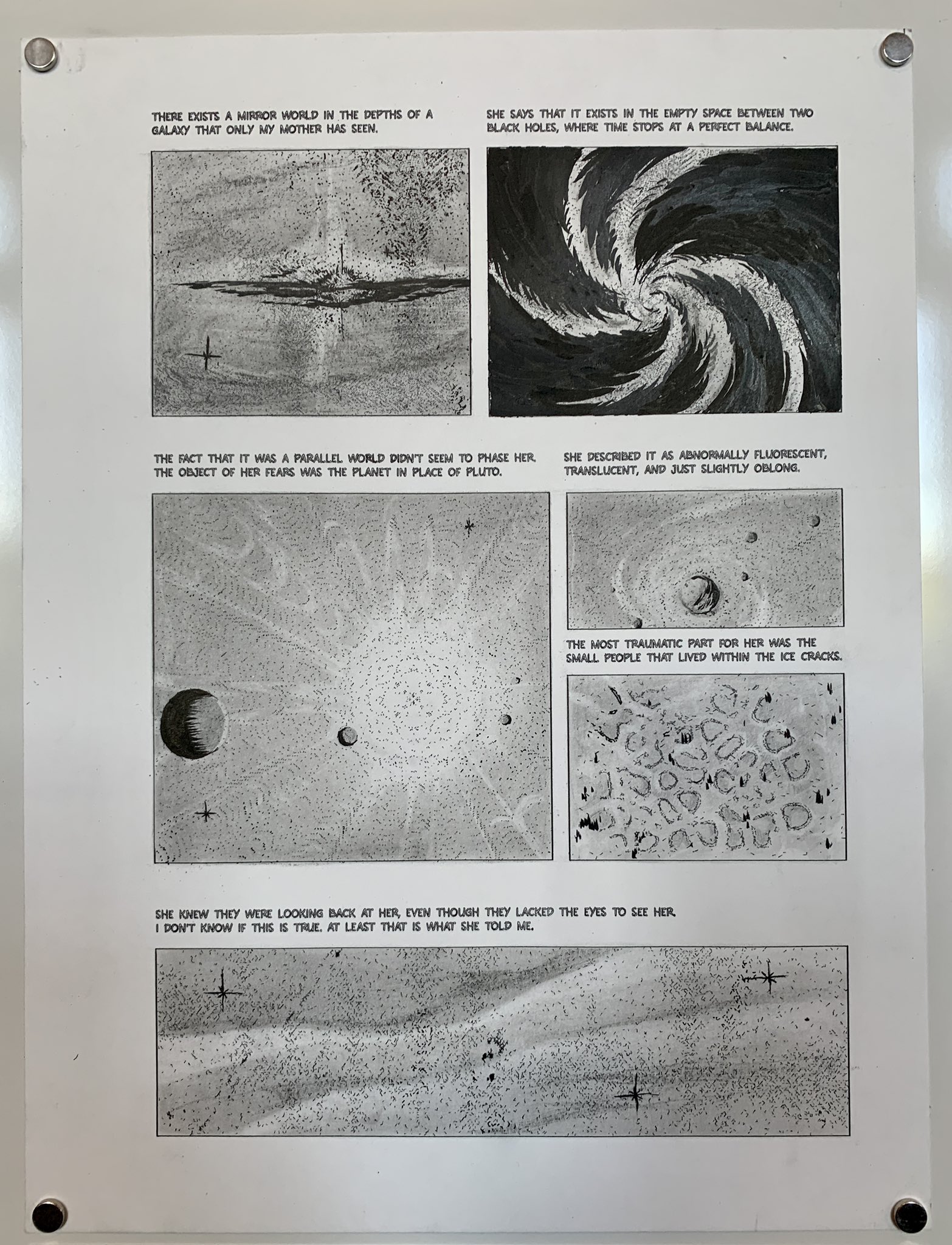
Some of my previous generative writing:

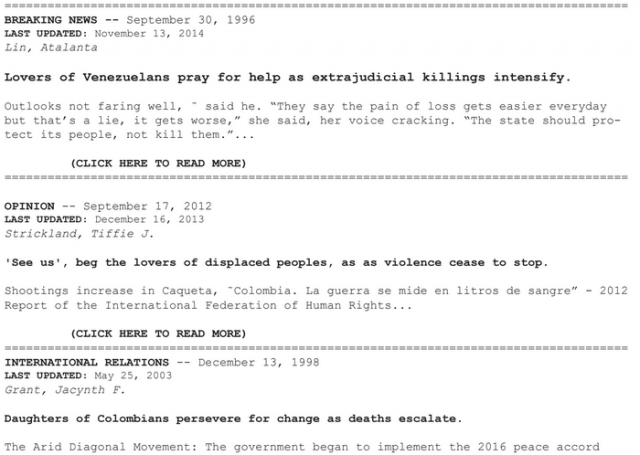
Some art that has been inspiring me:
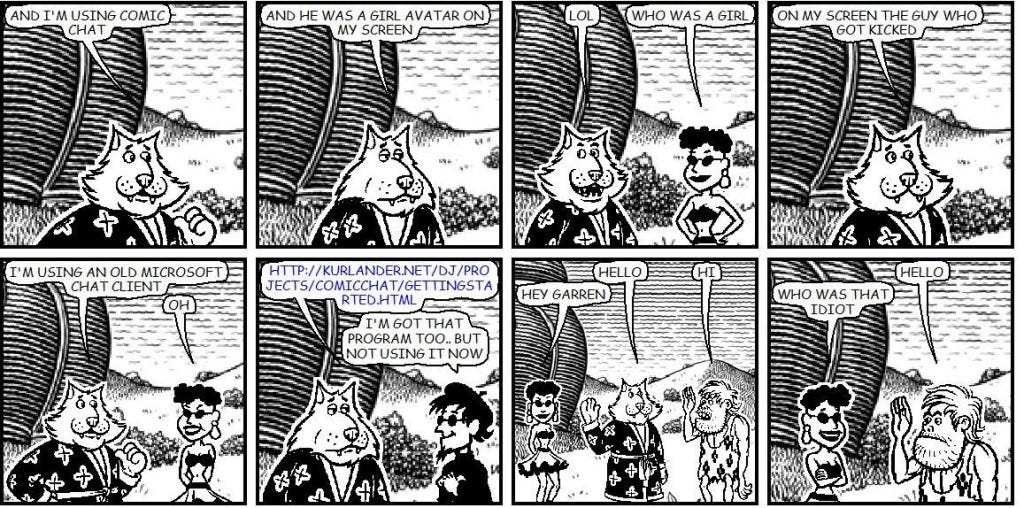
(Microsoft Comic chat)
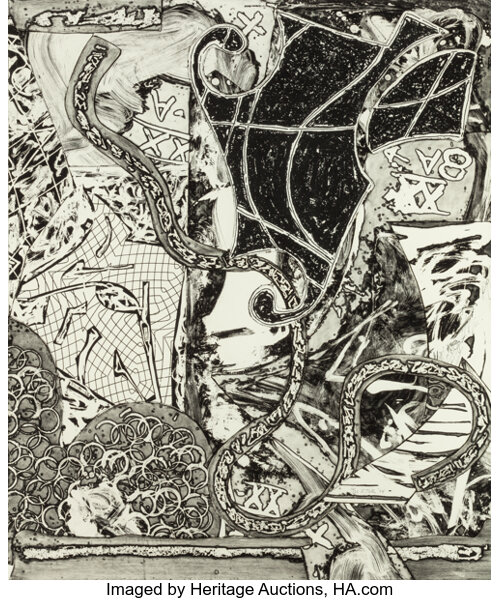
(etched engraving art: Frank Stella)

(c: virus tropical by Powerpaola)
